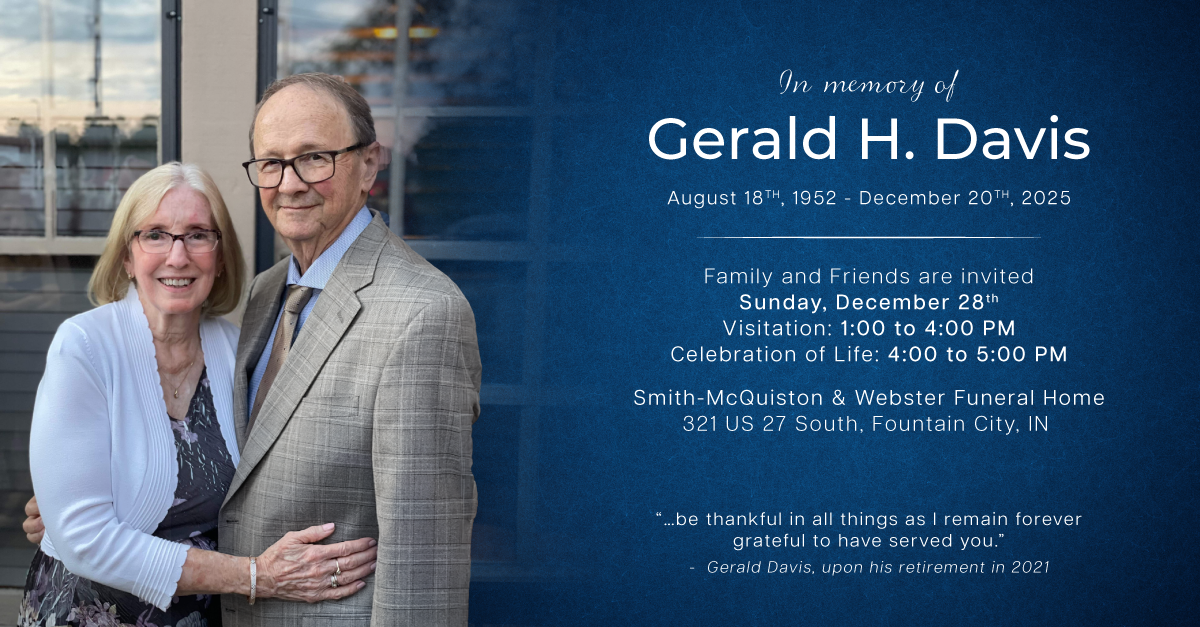Two Types of Death
When someone says “brain death”, pretty much everyone understands. Some death is reversible, some not; brain death is the sort that isn’t, not usually. Most people are already superficially aware that in some cases – heart attack or stroke, drowning or smoke inhalation, for example — death isn’t necessarily an instantaneous, non-refundable commitment. Modern medicine has achieved a degree of fluency in its lifesaving measures such that privileged societies may now take for granted that death needn’t always be accommodated. It need not be permanent. With proper skill and technique, death can be – in rather commonplace ways – easily undone. Just not every death.
What status of death qualifies for impermanence? Is there really a formal difference between “brain death” and “regular” death?
“Regular” death
Cardiopulmonary death is the reversible one: someone has stopped breathing, or their heart has stopped beating; the body isn’t getting oxygen to the cells on its own. When the blood cannot deliver oxygen, death follows rapidly, but if the job gets done somehow anyway through CPR or mechanical intervention, this is the returnable kind. It’s also the most common way to go; of all deaths, 97% will fall into this category.
There’s no standard minimum for revival duration attempts, if you’re wondering. Physicians, EMTs and other responders may average 20 to 30 minutes for resuscitation efforts but a lot depends on the nature of the trauma and the circumstances as well as the individual being worked on; many do try for longer. The longer it takes to revive a person, though, or the more times resuscitation is necessary, the greater the potential that brain death will develop.
Brain death
Brain death can be trickier to determine because specific functions throughout the brain — but not all — must be shown to have ceased their function, completely and irreversibly.
Laws and guidelines vary by country and, within the US, by state. In cases of organ transplant, multiple doctors must declare brain death individually.
Brain death is precarious territory. There are ethical, medical, and legal implications that go along with the declaration, and the gradual, step-wise progressing nature of the death of the body following brain death can create an illusion of mortal endurance, which often create confusion for the family. It’s not unusual for people to think coma and brain death are the same (coma patients are “profoundly unconscious” but do have brain activity.).
The appearance of life has not ended, but critical functions are failing: hormones necessary for vital organ function aren’t produced. The body cannot thermoregulate. Normal blood pressure cannot be maintained. Critical business is being missed; the center cannot hold. When the body has lost the “integrated functioning of the organism as a whole,” a scientific standard defining life across the biological spectrum, it has lost all vital momentum… as proper a death as can be.




